Analysis of the effect of different scenarios on the price of khaki pants
A new technology reduces the time it takes to make a pair of khaki pants
If there is a new technology, which reduces the time necessary for manufacturing khaki pants, the price will decline due to the increased supply of this product (McEachern, 2011).
The price of the cloth used to make khaki pants falls
The price of the product is more likely to decline, if the cost of cloth declines, because the manufacturing expenses of companies will diminish. In turn, they will be able to manufacture a greater number of products and set lower prices in order to attract new clients.
The wage rate paid to garment workers increases
If wages paid to garment workers increase, the price of products will rise, because companies have to incur greater expenses in order to manufacture goods.
The price of jeans increases
Provided the price of jeans increases, khaki pants will also cost more. In this case, jeans can be viewed as substitute products. In turn, the price of goods tends to rise when the cost of substitute products increases (Bade & Parkin, 2014).
People’s incomes increase
It is rather difficult to predict the changes of prices if people’s income increases. In this case, there are several options. For instance, consumers can purchase a greater number of khaki pants, if they have a stronger purchasing power. So, the price of this product will increase due to the growing demand.
However, at the same time, customers may decide to purchase different types of clothing that they could not previously afford. In turn, the demand for khaki pants will decline as well as the price.
Analysis of the effect of different scenarios on demand and supply
These events can influence demand and supply in different ways. In particular, the improvement of existing technologies contributes to increased supply because businesses will manufacture a great number of products. If the demand remains unchanged, the price of khaki pants will decline. This change can be illustrated with the help of the following graph.
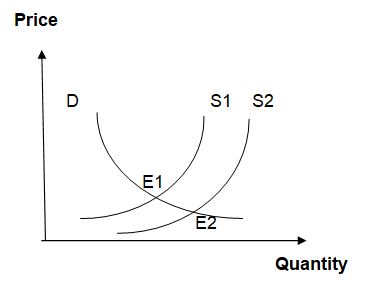
The equilibrium price is lower; furthermore, the quantity of goods purchased by clients will increase. This change can be explained by the greater affordability of goods.
In turn, the changes in the price of cloth can increase the supply since businesses will produce a larger quantity of goods.
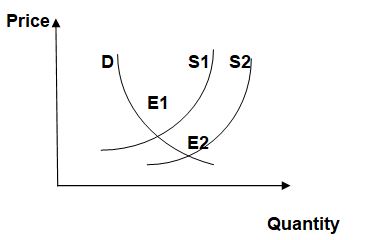
In this case, the equilibrium price will be placed lower on the vertical axis, because businesses will need to offer discounts in order to sell the surplus of goods. In turn, the greater affordability can prompt customers to purchase a greater number of products.
The necessity to pay higher wages to workers can influence the supply. In particular, businesses will manufacture fewer khaki pants and supply will diminish. Moreover, clients will have to pay a higher price for goods.
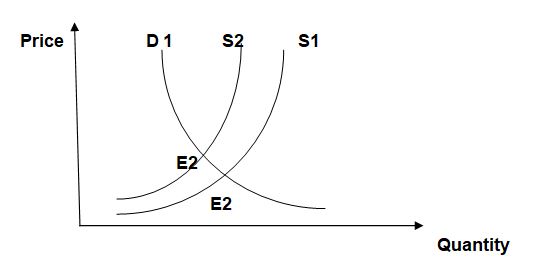
In this case, the equilibrium price will increase due to the greater operational expenses of businesses. Additionally, the quantity of goods bought by clients is diminished due to the lesser affordability of these products (Mankiw, 2014).
Additionally, the increase in the price of jeans will stipulate the demand for khaki pants. In this case, customers may not afford substitute products; thus, they are more likely to buy khaki pants.
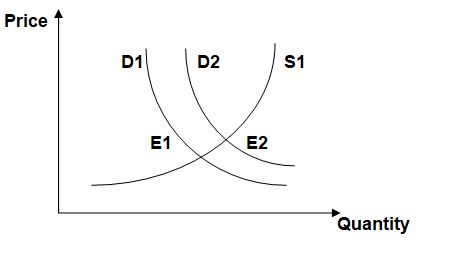
Overall, equilibrium price and quantity will rise. This trend can be explained by the greater willingness of customers to purchase these goods. In turn, retailers can make use of this tendency and set higher prices.
Finally, one should speak about the rising income level of people. In this case, one can consider two scenarios. In particular, clients will be more willing to buy khaki pants. Nevertheless, at the same time, they may decide to buy other articles of clothing. So, the demand for these goods can decline.
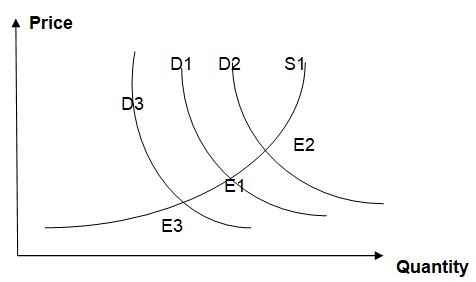
The greater demand leads to the increased equilibrium price and quantity because customers are more ready to buy a greater number of goods, even though their cost increases. However, it is also possible that price and quantity will decline because clients will no longer need to purchase khaki pants because they will have access to other goods.
Reference List
Bade, R., & Parkin, M. (2014). Foundations of Macroeconomics. New York, NY: Prentice Hall.
Mankiw, N. (2014). Principles of Economics. New York, NY: Cengage Learning.
McEachern, W. (2011). Economics: A Contemporary Introduction. New York, NY: Cengage Learning.